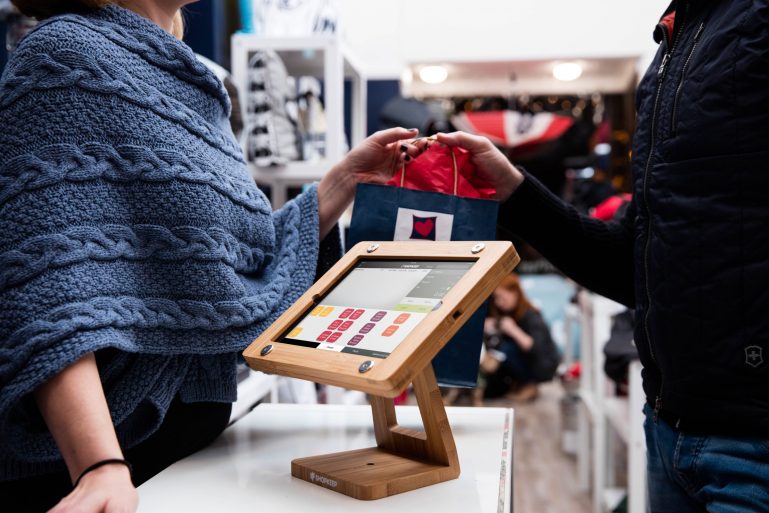
How to Improve Retail Sales | The Paradox of Choice
Ever walk into a grocery store trying to find one brand of pasta and end up getting overwhelmed with all of the options? This is the paradox of choice.
When it comes to your customers: More is less and less is more. When people have too many options, the information seems overwhelming. This state of indecisiveness commonly called “analysis paralysis” in which people get so caught up in weighing their options that they are unable to make any decisions at all.
Demystifying the Paradox of Choice
In today’s competitive retail environment, merchants often assume that having more products can give them a competitive edge. However, the idea that more honey will attract more flies is proven to be counterproductive. In fact, in a study conducted by Sheena Iyengar from Columbia University had researchers dress up as store employees and have customers try different types of jams. One table had 24 different kinds of jams and another table only had six different kinds of jams. Sixty percent of people stopped to take a sample from the table with 24 jams, but only 40% of people stopped to take a sample from the table with six jams. However, only 3% of the customers bought from the table with 24 jams, while 30% purchased from the table with six jams.

Results of this study show that many businesses accidentally sabotage sales by offering too many options. Customers may think they want to buy many things at once but end up walking out of your store empty-handed.
Improving Sales The Pandora Way
Pandora radio applies the paradox of choice to their business model by allowing customers to input their favorite band. The station also plays similar-sounding artists.
As a merchant, you can apply this approach by analyzing existing store data and use your findings to determine popular items based on pre-existing purchases. If you have done a good job at defining and attracting your target customers, you’ll notice that your regulars have a lot in common. Use this data to make educated guesses about what items are likely to be bestsellers for your business.
Try narrowing down the options and only offer the most basic choices. You need to find a happy middle ground between offering too much and too little. Give customers enough choices so that they can easily review all their options and quickly make a decision without having to agonize and ponder over trying to figure out if they’re making the correct choice. If an individual product isn’t selling very well, feel free to scrap it to make room for others.
SEE ALSO: Your Foolproof Strategy to Forecasting Retail Sales
Cashing In On Complexity
If you want to offer multiple options, you should condition your customers for this complexity. For example, a pet grooming business can simplify the decision-making process for customers by first offering them a consolidated list of core services. An example of this would be boiling services down to two options. Customers can choose one of two package options: bath and brush or bath and haircut. Once the customer has made a choice you can attempt to upsell them with additional options such as a puppy pedi, teeth cleaning or face and ear care. Just remember to keep the options simple to avoid analysis paralysis and to keep customers engaged during the buying process.

The solution you choose depends on what products you’re selling. For example, someone who custom designs and manufactures furniture would benefit from a more sophisticated pricing strategy that relies on upsells while an ice cream shop would probably be better suited to testing out the Pandora approach. Just remember that the more options you provide to customers, the more potential problems can arise. So, next time you are choosing your product lines, avoid trapping customers in the paradox of choice by applying these few simple tips.
Want to try ShopKeep for yourself?
Just answer a few easy questions.
Need help finding the right point of sale?
Just complete the form. We’ll call you right back to explain how ShopKeep can work for you.
Hit the ground running.Sprinting, in fact!
Read our free, comprehensive guide, Small Business 101, to learn all you need to know about starting a thriving business.

